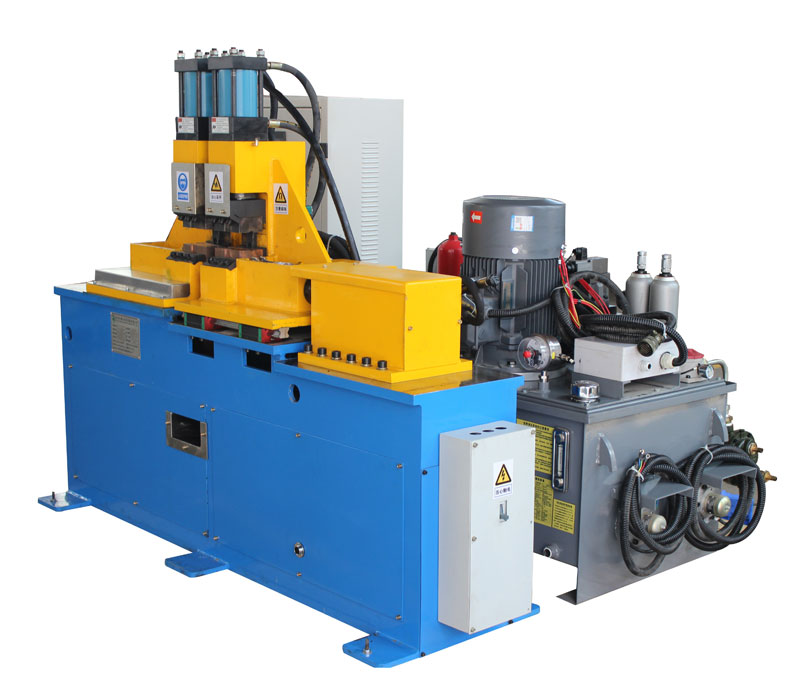Flash Butt Welding is a specialized welding technique used in various industries to create strong and reliable joints between two metal components. In this process, the metal ends to be joined are brought into contact and subjected to a brief but intense electrical discharge, which generates a bright flash of light. This flash plays a crucial role in the success of the welding operation and must meet specific requirements to ensure the quality of the weld.
The Role of Flash: The flash in flash butt welding serves several important functions, making it an integral part of the process:
- Efficient Heating: The flash generates an intense heat source that rapidly heats the ends of the metal components. This localized heating softens the material, making it easier to form a metallurgical bond between the two pieces.
- Material Removal: As the flash forms, it also causes some of the material to be expelled from the joint area, creating a clean and fresh metal surface. This removal of impurities and contaminants is essential for achieving a strong and clean weld.
- Alignment and Synchronization: The flash helps in aligning and synchronizing the two metal ends, ensuring they are in contact and parallel. This alignment is critical for achieving a uniform and reliable weld.
- Containment: The flash is contained within the welding machine, preventing the surrounding atmosphere from interacting with the molten metal. This isolation is vital for controlling the weld’s characteristics and preventing oxidation.
Requirements of Flash: For the flash in flash butt welding to fulfill its functions effectively, it must meet certain requirements:
- Intensity and Duration: The flash must have sufficient intensity and duration to provide the required heat for proper material softening and expulsion of impurities.
- Uniformity: The flash should be uniform across the entire contact area to ensure even heating and material removal. Inconsistent flashes can lead to weak and unreliable welds.
- Control: The welding machine should have precise control over the flash’s parameters, including its intensity, duration, and alignment. This control allows for customization to match the specific requirements of the metal being welded.
- Safety Measures: Safety is paramount when working with high-intensity flashes. Protective measures such as eye shields and adequate ventilation should be in place to safeguard operators from harmful radiation and fumes.
In conclusion, the flash in flash butt welding is a critical element that plays a multifaceted role in the welding process. It efficiently heats the metal, removes impurities, aligns the components, and maintains a controlled environment for the weld. To achieve high-quality welds, it is essential to meet specific requirements for the flash, ensuring that it performs its functions effectively and consistently. This results in strong, reliable, and clean welds that meet the demanding standards of various industries.
Post time: Oct-27-2023








